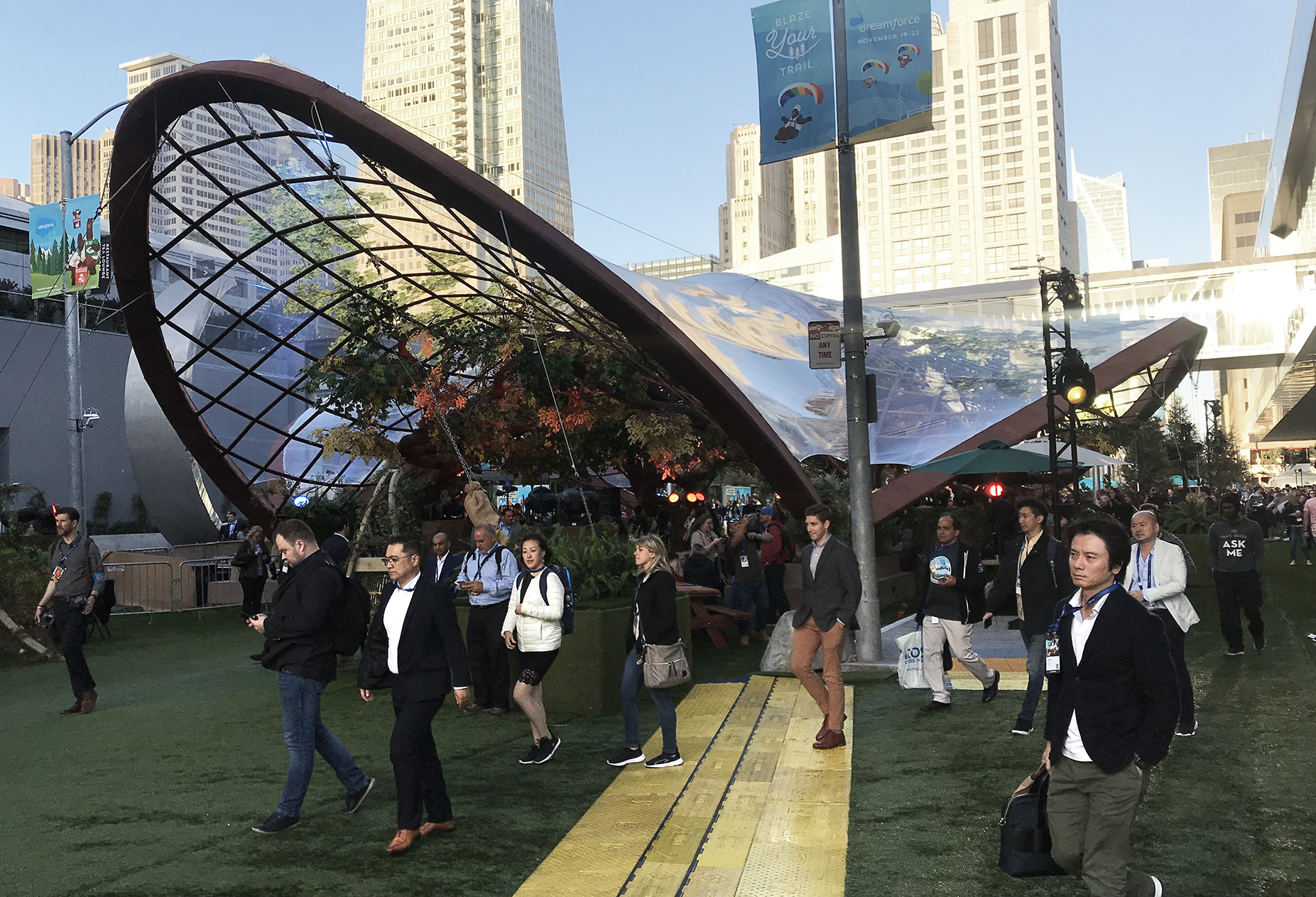What Types of Fabric Are Used in Tensile Structures Today?

Strong 8k brings an ultra-HD IPTV experience to your living room and your pocket.
Designers and engineers have been having difficulties in finding material that is strong and flexible. This is further complicated when aesthetics and longevity have to be taken into consideration as well. The tensile structure has become a very dramatic solution, and not every fabric that is being used is the same. The correct fabric can have an influence not only on the look, but on the longevity, care, and expense as well. The various options should be familiar so as to make the best decisions in relation to modern Fabric Tensile Structures.
Why the Choice of Fabric Matters in Tensile Design
The cloth decides the durability, security, and finish of the building. Different materials behave differently under stress, weather, and exposure to UV rays. Each of the major types is discussed below, along with its particular qualities.
PVC-Coated Polyester: Widely Used and Economical
When it comes to architectural tensile projects, PVC-coated polyester dominates the popularity contest. It offers a good balance between cost and performance. It consists of polyester base cloth laminated with polyvinyl chloride, which makes it more waterproof and fire-resistant. One of the greatest benefits of this choice is that it is a welding material, so installation is quick and more effective. The need for maintenance is also kept low because of the best protective top layer that prevents the penetration of mildew and dirt. Although it is not as transparent as other products, its large availability and customizable colors make it a perfect match for a variety of Fabric Tensile Structures.
PTFE-Coated Fiberglass: Built for Longevity
When long service life and high-performance applications are needed, PTFE-coated fiberglass should be considered a contender. This material is composed of woven fiberglass fabric reinforced with a Teflon-based coating that gives it high tensile strength and resistance to chemicals.PTFE also retains its characteristics in the most severe temperature environments, from the Arctic to the desert. It is not flammable, and the surface is self-cleaning, thus appropriate for use in permanent buildings and large canopies. The fabric is quite expensive initially, but it lasts long, giving value for the money in the long run in high-end Fabric Tensile Structures.
ETFE Foil: Lightweight and Highly Transparent
ETFE (Ethylene Tetrafluoroethylene) foil is different in both look and performance. Unlike conventional woven fabrics, ETFE is a transparent, plastic-like film that is characterised by optical transparency and lightweight. It allows up to 95 percent of natural light to pass through and insulates; therefore, it is suitable for stadiums, atriums, and greenhouses.ETFE is common in inflated cushion systems maintained in shape by air pressure. Its self-cleaning surface reduces maintenance frequency. It is not a true fabric in the woven sense, but it is commonly included in the Fabric Tensile Structures umbrella so far as it is used in modern practice.
HDPE Mesh: Perfect for Shade and Airflow
Use in shade sails and semi-permanent tensile structures. High-density polyethylene (HDPE) mesh fabric is widely used in shade sails and semi-permanent tensile structures. It shades a large percentage of UV rays and enables ventilation, generating cooler conditions below. This breathable fabric is widely used in playgrounds, schools, and outdoor lounges where the main priorities are thermal comfort and shade. The HDPE fabric is UV-stabilized, and this is to make sure that the fibres are not degraded with time. It lacks rain protection capabilities, though in terms of shade-focused Fabric Tensile Structures, it works more than sufficiently.
Silicon-Coated Glass Fabric: Clean Aesthetic, Industrial Strength
Glass fabric coated with silicon offers good resistance to high temperatures, fire, and weather. It is made of fiberglass fabric laced with silicone on either or both sides. This fabric is used in applications that need strength but do not compromise on flexibility. Although not as popular as PVC or PTFE, it is appropriate in applications such as aircraft hangars or industrial covers. The coating gives it great tear resistance and can be finished with a clean, polished look. The material is occasionally used in specialty Fabric Tensile Structures where the performance criteria are more important than the price.
Final Thoughts
When choosing the material to be used in tensile, it is not simply a case of choosing the cheapest or the material that one prefers. Still, the material that will perform well over time, offers high safety levels, and is suited to the local climatic conditions. Every cloth possesses its purpose in accordance with the project size, Function, and aesthetic vision. To make any structure perform as per the expectations in terms of functionality and design, one has to consider matching the appropriate type of fabric to be used in relation to the environment and use scenario when dealing with the modern Fabric Tensile Structures.
Note: IndiBlogHub features both user-submitted and editorial content. We do not verify third-party contributions. Read our Disclaimer and Privacy Policyfor details.


